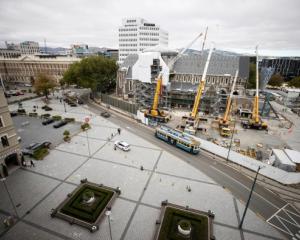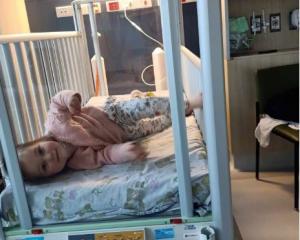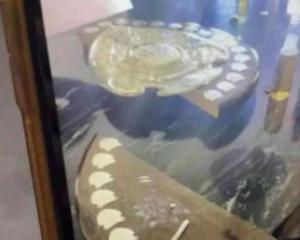
The latest phase of the inquiry has looked at the historical wrongdoing that took place at the Marylands residential school and its co-located St Joseph's orphanage in Christchurch, as well as the nearby Hebron Trust facility.
These residences were overseen by the Brothers Hospitaller of St John of God, a Catholic order known for its work with at-risk young people, including kids with learning disabilities - and rather too many of the 1680 reports of abuse against local Catholic clergy and workers from 1950 to the present day.
Like its state-run counterparts, the order's local operation seems to have been established with benevolent intentions. The aim was to provide a refuge for youngsters not unlike the order's own namesake Portuguese-born saint, who as a child was forced to live on the streets of Europe.
As the inquiry repeatedly heard over the past week, however, the local residential works of the St John of God operation soon took a dive.
Today they are mostly a byword for rampant criminal sexual behaviour indulged in over many decades by clerics who ran the show with a decidedly sweaty hand.
There was quite a bit of evidence to get through, or else revisit, for a number of the men involved have already been investigated for various offences.
One of the brothers, Bernard McGrath, was sentenced to a total of 61 years' jail after five trials in two countries. A couple of other brothers, including William John Lebler, escaped extradition from Australia due to their frail health. In the event, St John of God spent more than $1 million in lawyers' fees to prevent them coming back to New Zealand to face the music.
In a typical testimony, one of the school's former wards described the sexually predatory culture there as having been "rampant" over the quarter-century it operated until 1984.
Speaking on behalf of the church, Archbishop Paul Martin talked about his "shame and sorrow" in reading and hearing the various accounts of what happened. His apology, as the current apostolic administrator of the diocese of Christchurch, followed another apology made on behalf of the wider church by Cardinal John Dew in 2021, also at the Royal Commission.
Earlier in the week, the current head of the St John of God Order in Oceania Timothy Graham, also chimed in with his own apology.
All good and proper. As a good mate of the church's inaugural pope put it some millennia ago: "Nothing is hid that shall not be made manifest, nor anything secret that shall not be known and come to light."
As pleasing as these belated expressions of regret undoubtedly have been, and as good as it is to now have on the record these dire accounts of what took place, it sometimes felt like a missed opportunity not to have had a more discussion teased out on the equally critical question of why.
Part of the inquiry's terms of reference, after all, is to draw broader lessons from accounts such as these in order to ensure they don't occur again.
So, why did it happen in the first place? What was the context?
In New Zealand, as elsewhere, the Catholic church has popped up too often in these sorts of historical inquiries, to the point where an outsider might reasonably ask if the ubiquity has a specifically theological explanation.
Timothy Graham wasn't much help on this point. Asked for his thoughts on why there had been such a high level of sexual offending at Marylands in particular, he said he had no personal insight. But he did have a theory: it had been a "closed system", in those far-off times, he said, without "much oversight from outside".
This was in contrast to the contemporary scene in which "there's a lot of accountability, there's a lot of transparency, there's a lot of outside auditing of services," Graham said.
This cute monocausal theory did sound lacking in light of the fact that plenty of other institutions of the time did apparently operate without their administrators going down the Marylands road.
And what about the church itself? Could it be that a particular article of faith, for instance, allowed something of a loophole for these men to have gone about their criminal business with virtual impunity?
Might it have been that the Catholic clergy's vow of chastity, which meant that none of them were attached, have had any possible bearing on the historical malfeasance and lack of "auditing"?
Or perhaps, on the other hand, was it all just a Lord of the Flies effect, of people simply behaving badly if they are allowed to operate behind closed doors for too long a stretch?
Hmm. There are times when briskly run royal commissions such as these seem to create as many mysteries as they unravel.
-By David Cohen,Wellington journalist and author of Little Criminals: The Story of a New Zealand Boys' Home. He supplies regular analyses for RNZ of the Royal Commission.













